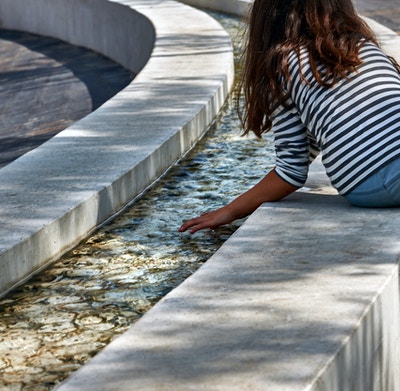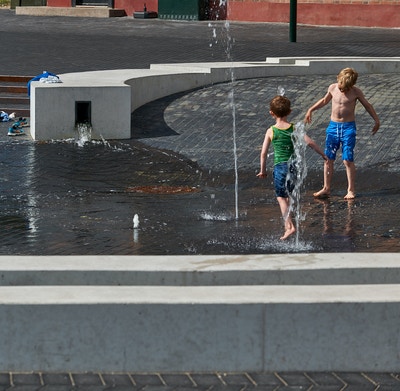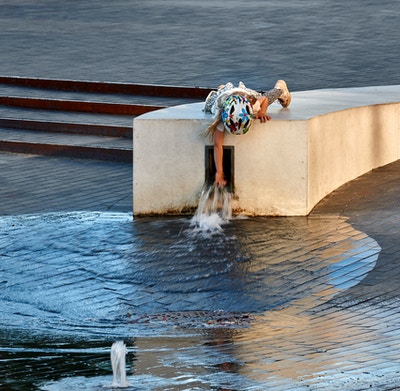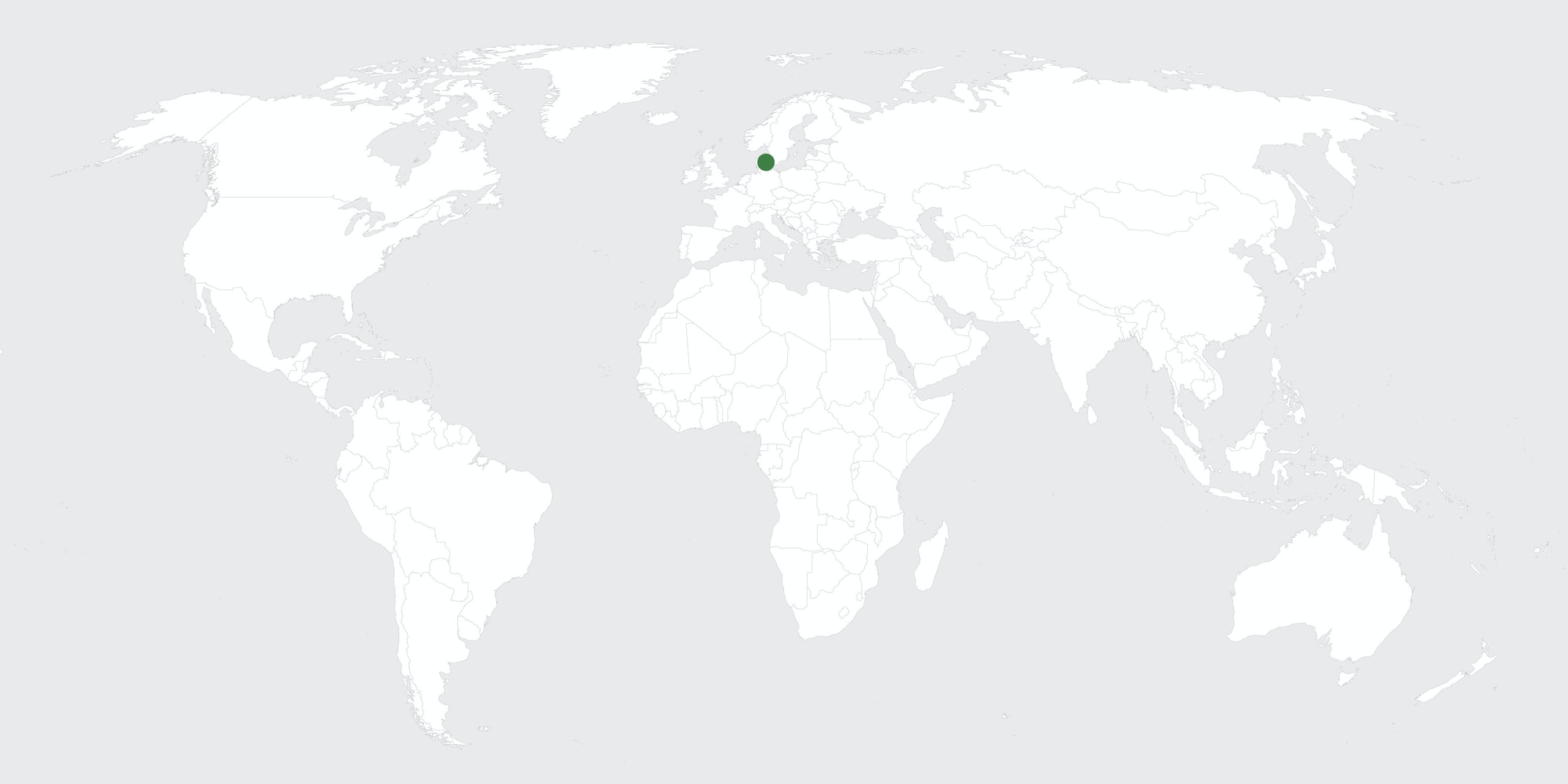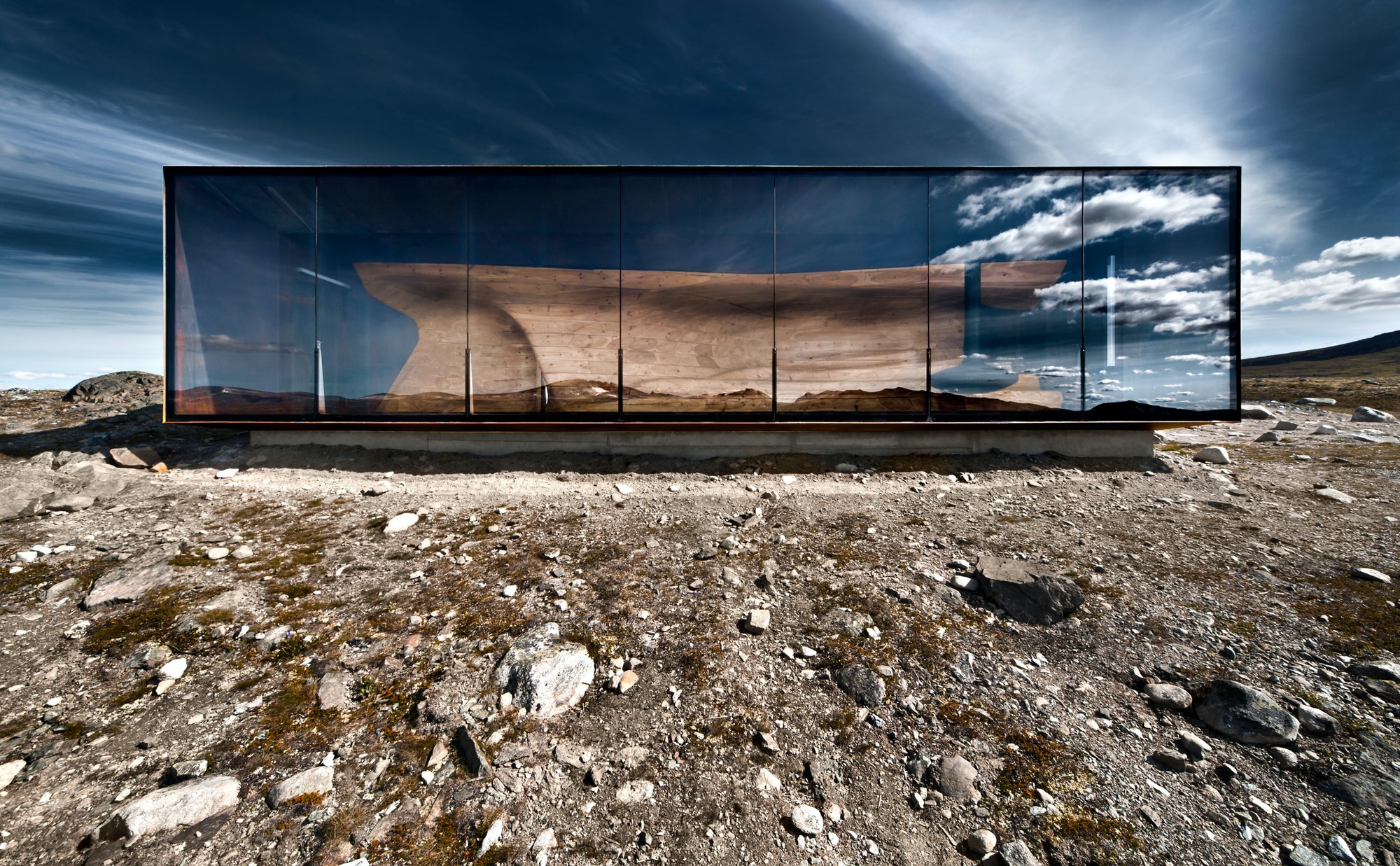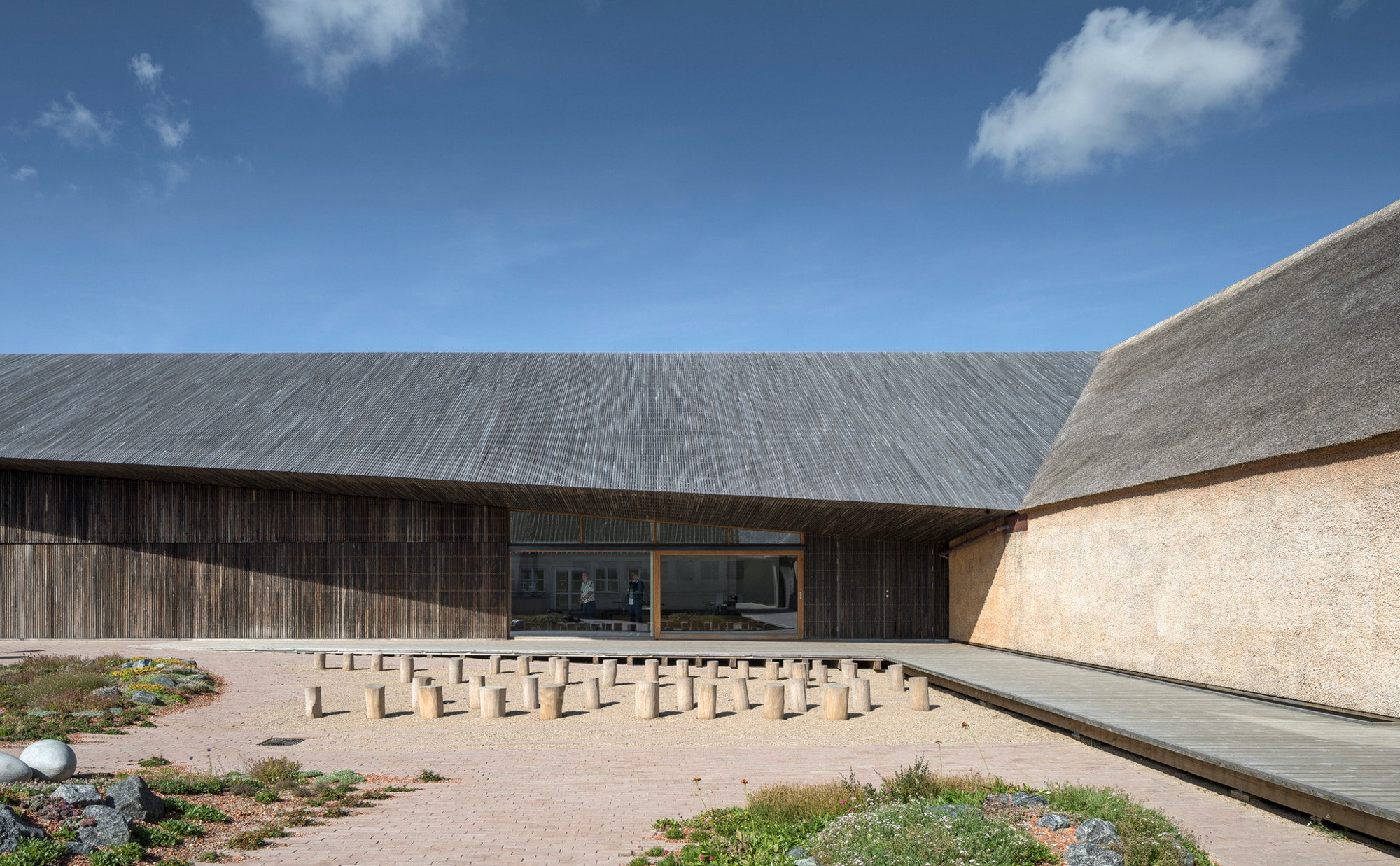Global warming will result in more extreme weather phenomena, and during summer and autumn in Denmark, the tendency is that we will experience more heavy rainfalls, and cloudbursts will become even heavier. In many places, the sewer system does not have the capacity to handle cloudbursts, which calls for sustainable urban drainage solutions to handle the water and avoid flooding. Also, in spring- and summertime, an increased risk of drought makes local water retention and collection for e.g. irrigation valuable.
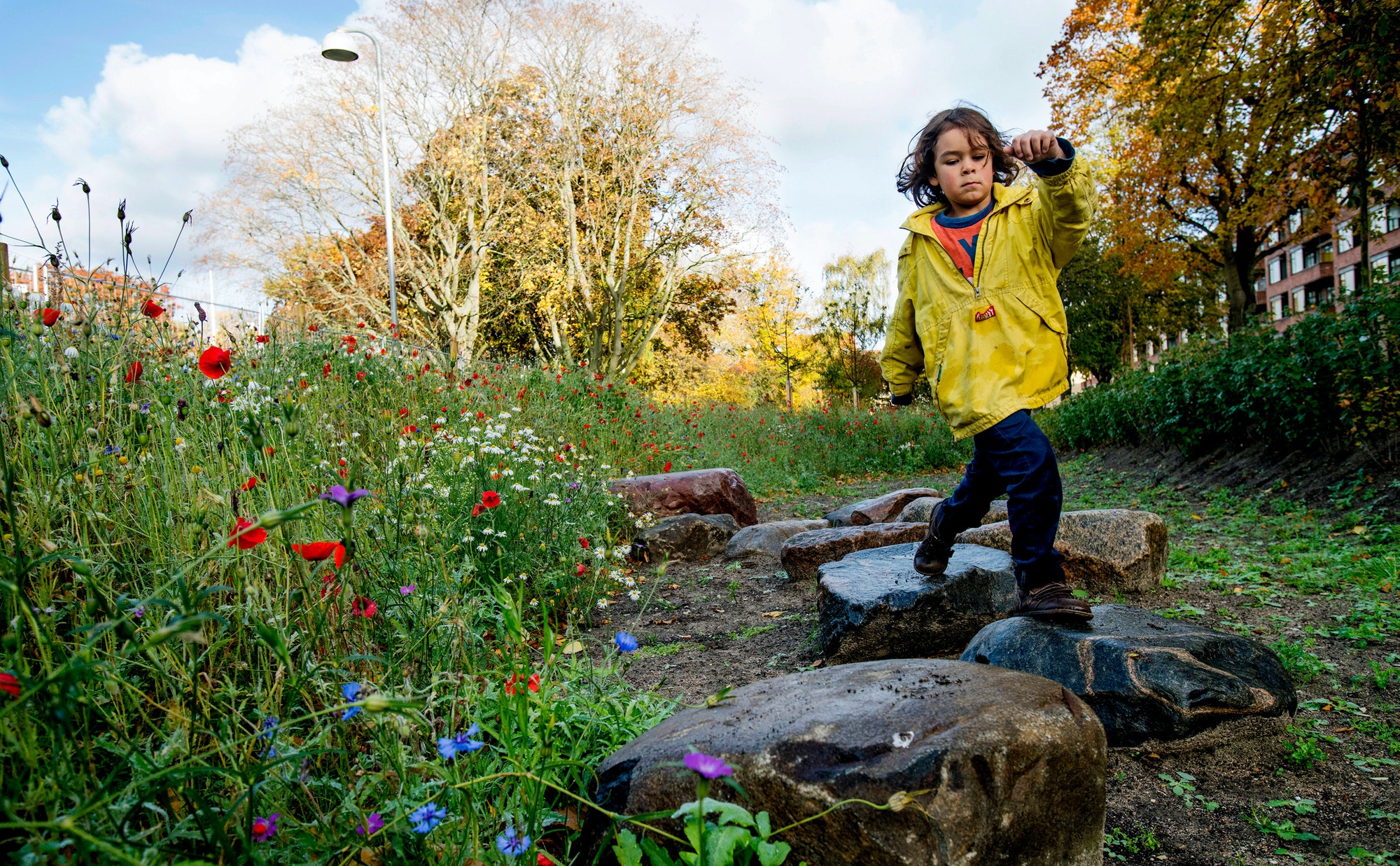
Origin/team:
Marianne Levinsen Landskab
Frederiksberg Council
FrederiksbergWater Supplier
Niras A/S
Photography:
Torben Petersen
Carsten Ingemann
Resources:
mariannelevinsen.dk
Lindevangs Park is a green urban space in Frederiksberg, Denmark, which merges climate adaptation with new facilities for social activities and meeting places for a diverse group of users. Lindevangs Park explores ways of using climate adaptation to renew and at the same time fulfill the expectations to the classic city park in a densely built neighbourhood. In the park, the collection of 3,000 m3 water is made possible through various different measures.
By the Southern entrance to the park, terrain and landscape design made for the retention of water replaces a parking lot. A fountain and a 90 m visible water channel shaped like a Fibonacci spiral enables and displays the fluctuating nature of water, adding a relaxing atmosphere to the urban environment. A central grass area is formed into a large oval bowl, with the bottom creating a new stage for performances. To the East, a long garden with blackcurrant bushes, apple trees and wild meadow flowers serves as a dike for collection of large amounts of water. The landscape design of Lindevangs Park combines cloudburst solutions with a new activity programme for the park, and succeeds in making water an integrated design feature, and in displaying the story of the water’s journey through the park, even when it rains heavily.
